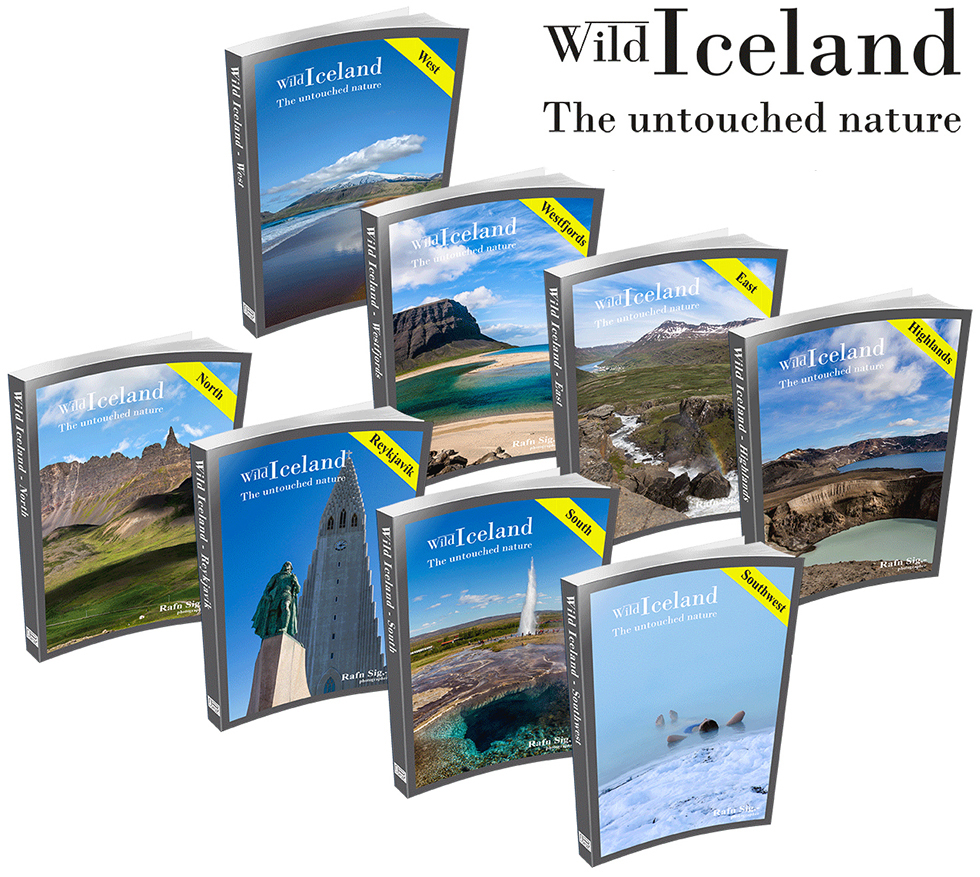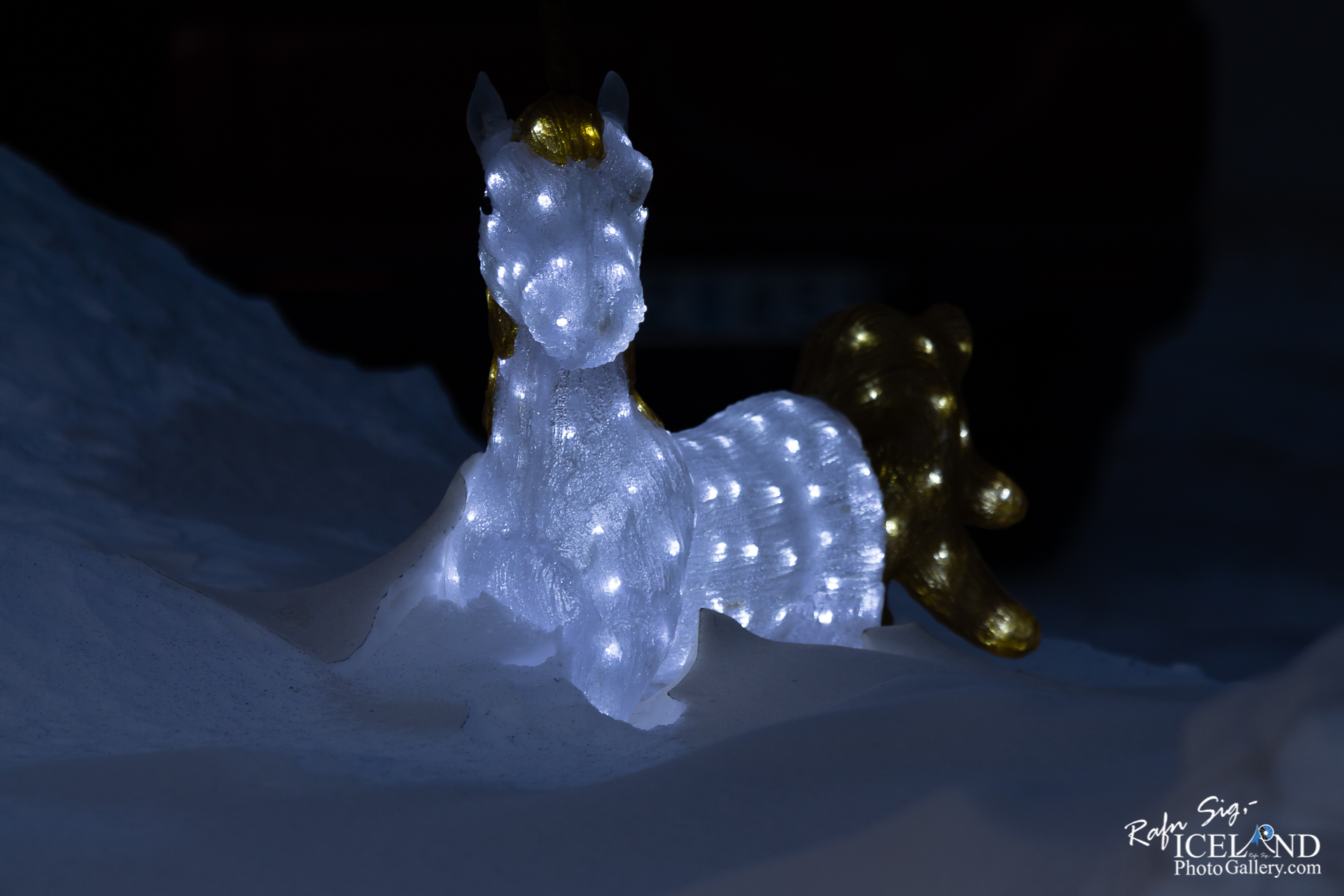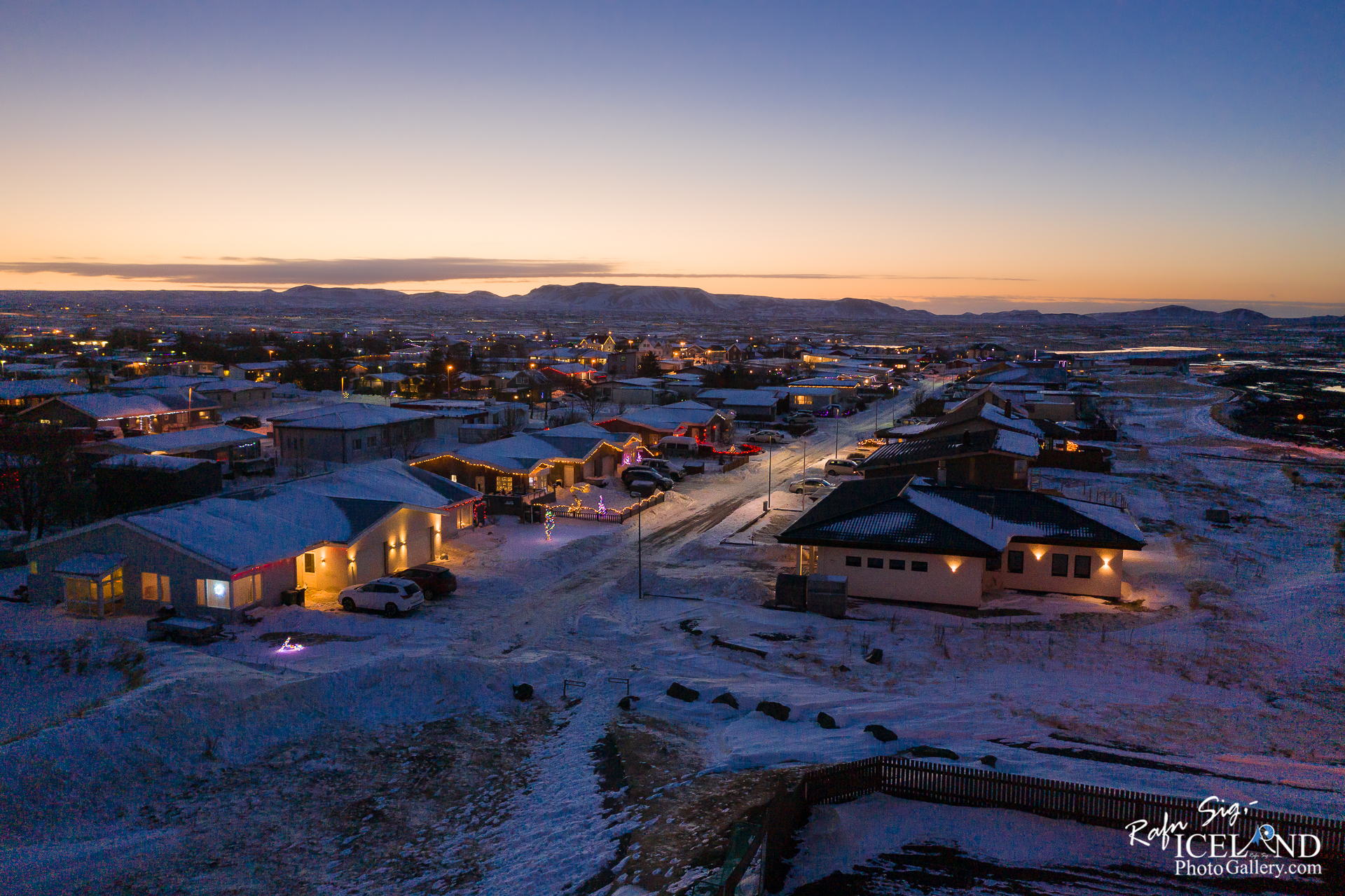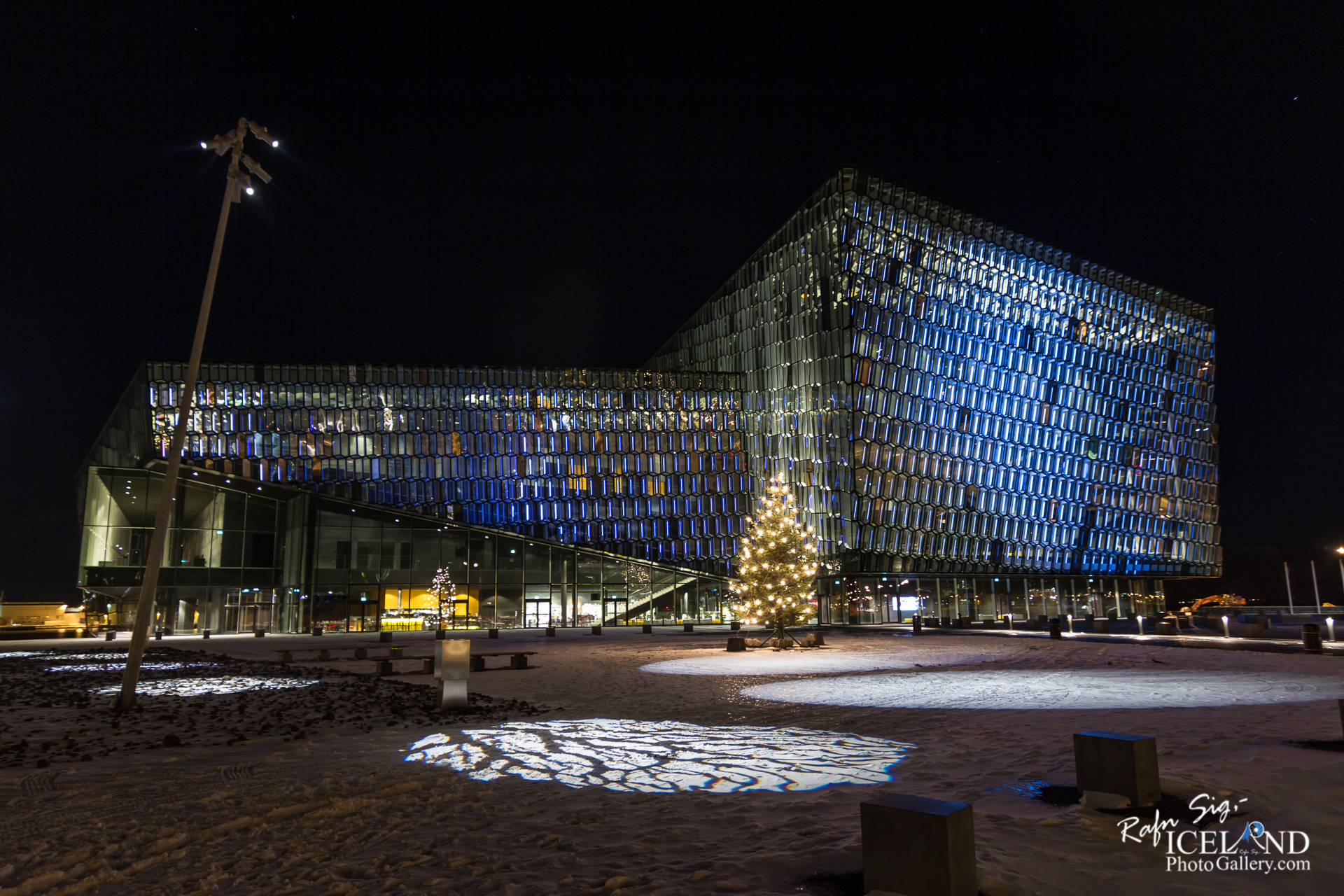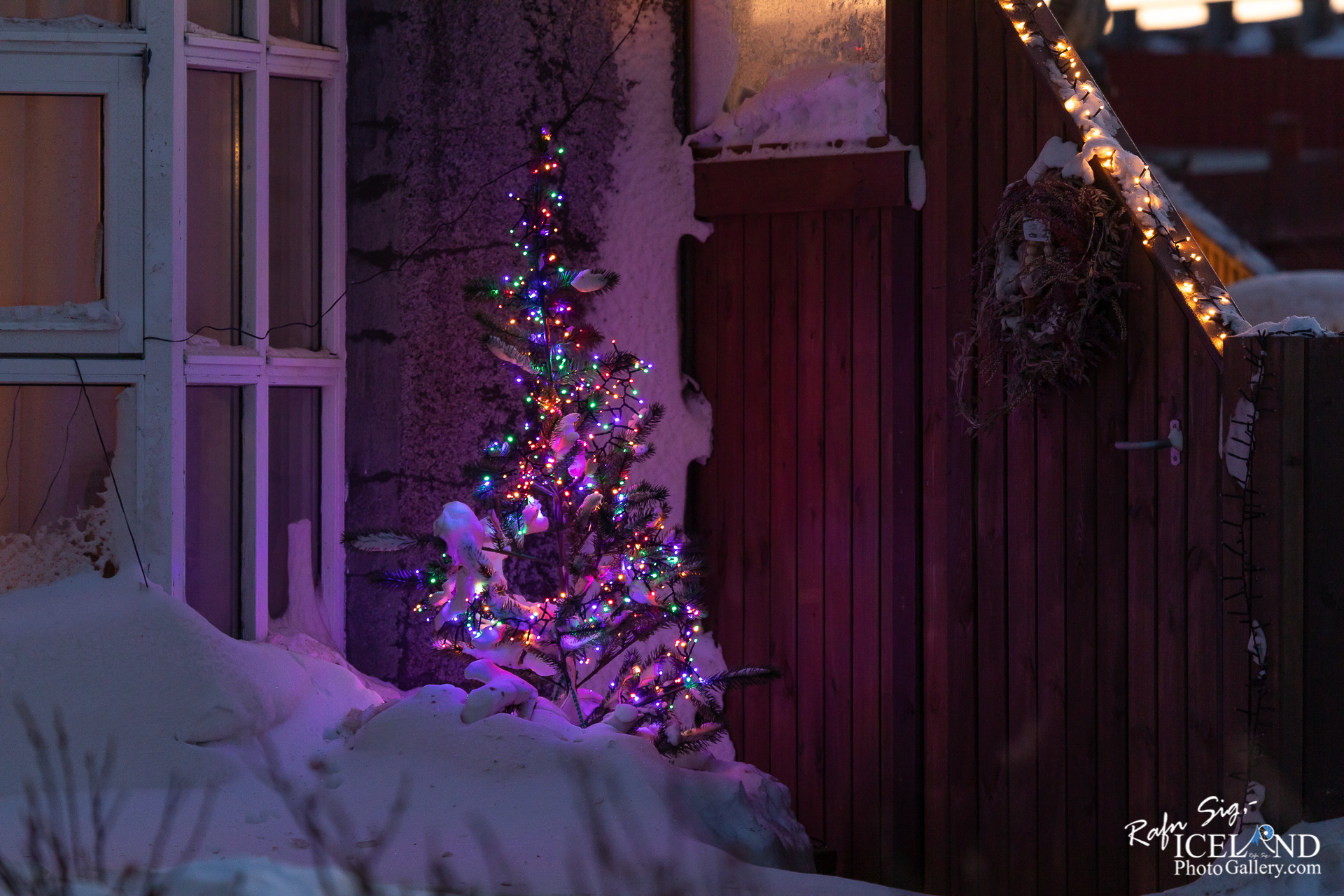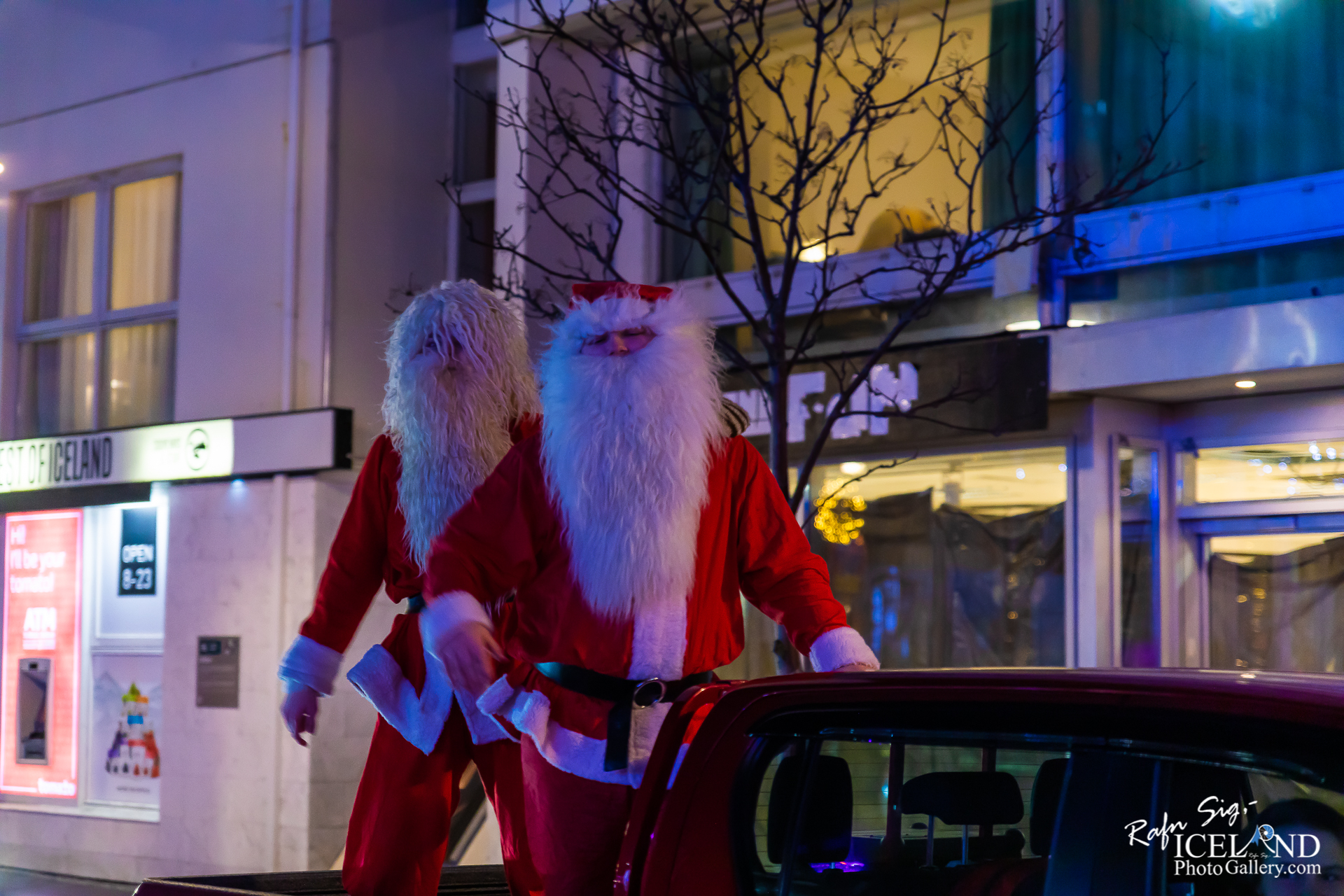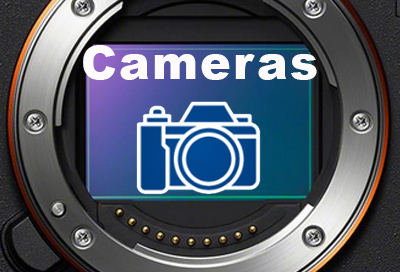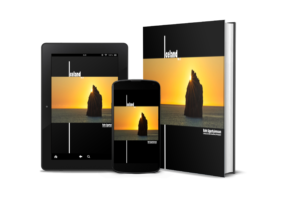2022-12-23
Af hverju jól á Íslandi / Why Christmas in Iceland
by: Rafn Sig,-
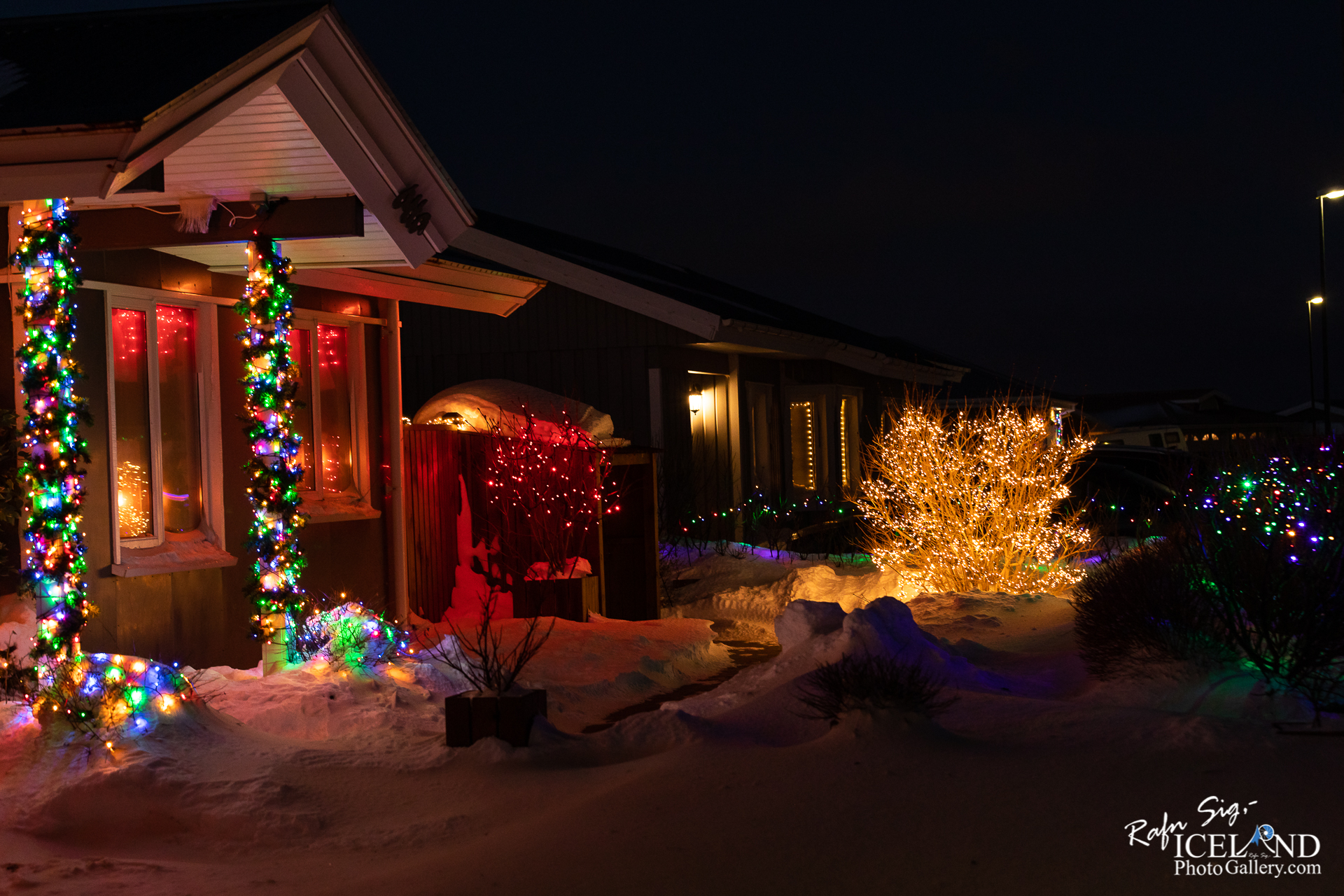
Í huga flestra tengjast jólin fæðingu Jesú Krists fyrir um 2000 árum og kristinni trú. Jólin eiga sér mun eldri sögu og fyrir 4000 árum héldu íbúar Mesópótamíu tólf daga hátið í kringum vetrarsólstöður. Hátíðin var haldin til heiðurs guðinum Marduk sem samkvæmt trú Mesópótamíubúa barðist við ill öfl á þessum árstíma. Á hverju ári fórnuðu íbúarnir leikkonungi sem átti að standa við hlið Marduks í baráttu sinni. Leikkonungurinn var oftast dæmdur glæpamaður sem klæddur var í viðhafnarklæði og auðsýnd konungleg virðing. Persar og Babýlóníubúar héldu svipaða hátíð sem nefndist Sacaea og í einn dag á ári skiptust húsbændur og hjú á hlutverkum. Þrælar urðu húsbændur og húsbændur vinnuþý.
Fyrir meira en ellefhundruð árum hófst landnám á Íslandi. Þá sigldi fólk í stórum hópum til íslands. Þetta voru norskir og írskir bændur með fjölskyldur sínar, húskarlar, húskonur, og nokkrir víkingar með írska þræla. Norðmennirnir voru flestir heiðnir, en fólkið sem hingað kom frá Írlandi var kristið. Við köllum stundum tímann, áður en við tókum kristna trú, fornöld. Fornöld var lengur á norðurlöndum en í suður Evrópu. Það var ekki fyrr en árið 1000, þegar tíu hundruð ár voru liðin frá fæðingu Jesú, að Íslendingar tóku kristna trú og fóru að halda kristin jól. Þá voru sumar þjóðir suður í Evrópu búnar að hafa þá guðstrú sem Jesú boðaði í mörg hundruð ár. Víkingarnir sem bjuggu innan um friðsama bændur á Norðurlöndum fóru á landnámsöld í grimmilegar ránsferðir suður til Evrópu. Þeir voru villimenn í augum manna í englandi, Írlandi og Frakklandi því þeir rændu klaustur og rupluðu, drápu menn og gerðu aðra að þrælum sínum. En árið 1000 voru kristnar hugmyndir farnar að berast til Norðurlanda frá þjóðunum sunnar í álfunni. Íslendingar tóku þá kristna trú. Þá hættu Íslendingar og Norðurlandabúar að trúa á fornu guðina sína og fengu hinn kristna guð, Jesúm, Maríu og dýrlingana í staðinn.
Á Íslandi hefjast jólin kl. 18.00 á aðfangadag, þann 24. desember og stendur hátíðin fram að þrettánda, þann 6. janúar. Á norðurslóð eiga þau sér ævaforna sögu tengda vetrarsólhvörfum en ekki er vitað nákvæmlega hvenær jól voru haldin í heiðnum sið en sennilegt þykir að það hafi verið gert með fullu tungli í skammdeginu. Ekki vita menn heldur hvernig heiðin jól voru haldin, nema að þau voru „drukkin“ með matar- og ölveislum og buðu íslenskir höfðingjar oft fjölmenni til jóladrykkju. Norræn jól féllu síðar saman við kristna hátíð. Svipuð kristnun heiðinna hátíða um þetta leyti hafði áður átt sér stað suður við Miðjarðarhaf, og var þá ýmist minnst fæðingar krists eða skírnar. Á 4. og 5. öld komst sú venja víðast á að minnast fæðingarinnar 25. desember en skírnarinnar og tilbeiðslu vitringanna 6. janúar, og má þangað rekja jóladagana 13 á Íslandi. Helgi aðfangadagskvölds á rót sína í vöku sem almenn var kvöldið fyrir kaþólskar stórhátíðir enda var oft talið að sólarhringurinn byrjaði á miðjum aftni klukkan sex. Fasta fyrir jól var einnig lögboðin, stundum miðuð við Andrésmessu 30. nóvember, en oftast fjórða sunnudag fyrir jól. Þaðan eru sprottnir aðventusiðir síðari tíma. Mikil þjóðtrú tengist jólum og jólaföstu í miðju íslensku skammdegi.
(Heimildir: Árni Björnsson, DV 2001)
In most people’s minds, Christmas is associated with the birth of Jesus Christ about 2000 years ago and the Christian faith. Christmas has a much older history, and 4000 years ago the people of Mesopotamia celebrated twelve days around the winter solstice. The festival was held in honor of the god Marduk who, according to Mesopotamian belief, fought evil forces at this time of year. Every year the inhabitants sacrificed a player king who was supposed to stand by Marduk’s side in his struggle. The actor king was most often a convicted criminal who was dressed in robes and displayed royal dignity. The Persians and Babylonians held a similar festival called Sacaea, and for one day a year, husbands and wives switched roles. Slaves became masters and masters became workers.
More than eleven hundred years ago, Iceland was colonized. Then people sailed in large groups to Iceland. These were Norwegian and Irish farmers with their families, house men, house women, and some Vikings with Irish slaves. The Norwegians were mostly pagans, but the people who came here from Ireland were Christians. We sometimes call the time, before we embraced Christianity, antiquity. Antiquity lasted longer in northern countries than in southern Europe. It wasn’t until the year 1000, when ten hundred years had passed since the birth of Jesus, that Icelanders accepted the Christian faith and started celebrating Christian Christmas. By then, some nations in the south of Europe had already had the religion that Jesus preached for hundreds of years. The Vikings, who lived among peaceful farmers in the Nordic countries, went on brutal raids south to Europe during the Age of Settlement. They were barbarians in the eyes of people in England, Ireland and France because they robbed monasteries and looted, killed people and made others their slaves. But by the year 1000, Christian ideas had begun to reach the Nordic countries from the peoples further south on the continent. Icelanders then embraced Christianity. Then Icelanders and Nordic people stopped believing in their ancient gods and got the Christian god, Jesus, Mary and the saints instead.
In Iceland, Christmas starts at 18.00 on Christmas Day, on December 24, and the festival lasts until the thirteenth, on January 6. In the Arctic, they have an ancient history connected to the winter solstices, but it is not known exactly when Christmas was celebrated in the pagan tradition, but it seems likely that it was done with a full moon during the short day. Nor do people know how the pagan Christmas was celebrated, except that it was “drunk” with food and beer parties and Icelandic rulers often invited a large number of people to Christmas drinking. Nordic Christmas later coincided with a Christian holiday. A similar Christianization of pagan festivals around this time had previously taken place south of the Mediterranean, and then either the birth of Christ or baptism was commemorated. In the 4th and 5th centuries, the practice of commemorating the birth on December 25th, rather than the baptism and the worship of the wise men on January 6th, became widespread, and the 13 days of Christmas in Iceland can be traced back to it. The weekend of Christmas Eve has its roots in a general vigil the night before major Catholic holidays, as it was often believed that the 24-hour day began in the middle of the evening at six o’clock. Fasting before Christmas was also mandatory, sometimes centered on St. Andrew’s Mass on November 30, but usually on the fourth Sunday before Christmas. This is where the advent customs of later times came from. A lot of folklore is associated with Christmas and Christmas fasting in the middle of the Icelandic short day.
(Sources: Árni Björnsson, DV 2001) . . . All info at: https://www.patreon.com/RafnSig
You can buy this and other photos at my Icelandic Stock Photo Web: IcelandStockPhotos.com
– 0 –
Viltu styrkja þessa síðu?
Vefsíðan Iceland Photo Gallery er unnin í sjálfboðavinnu. Ef þú hefur áhuga á að styrkja þetta framtak til áframhaldandi uppbyggingar er hægt að leggja inn á:
Reikningsnr.: 0101-26-013169
Kennitala: 310155-4469
